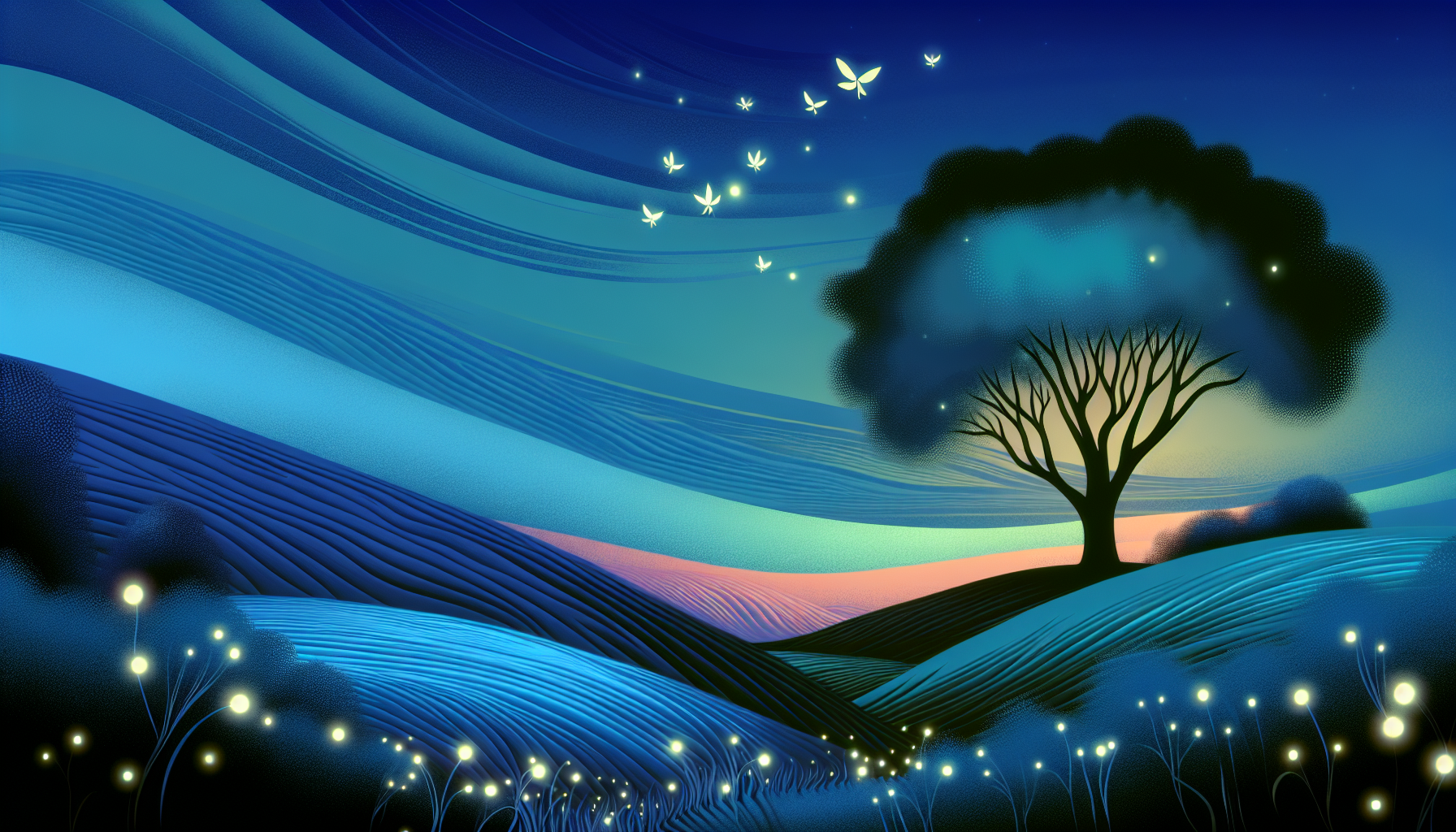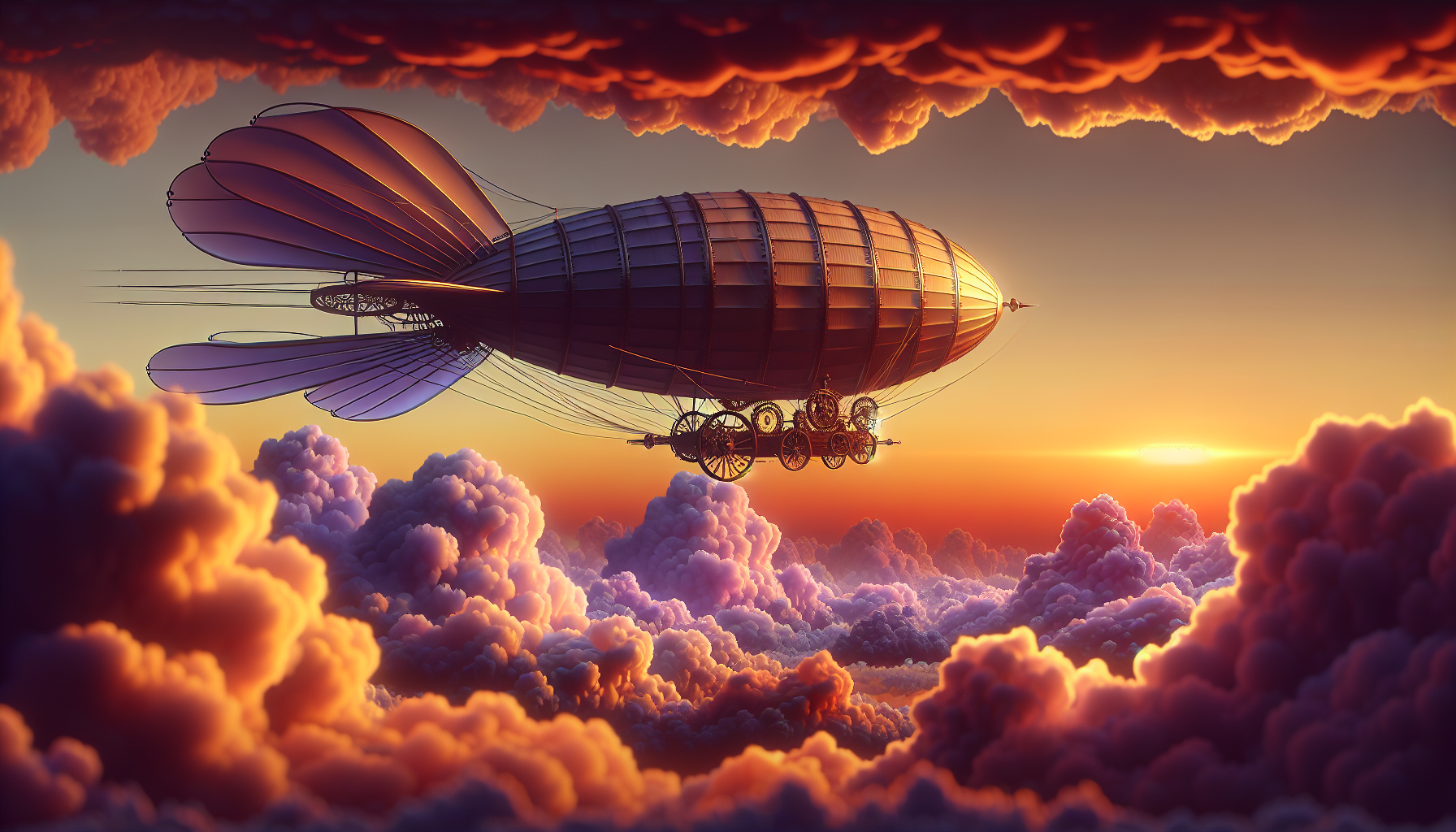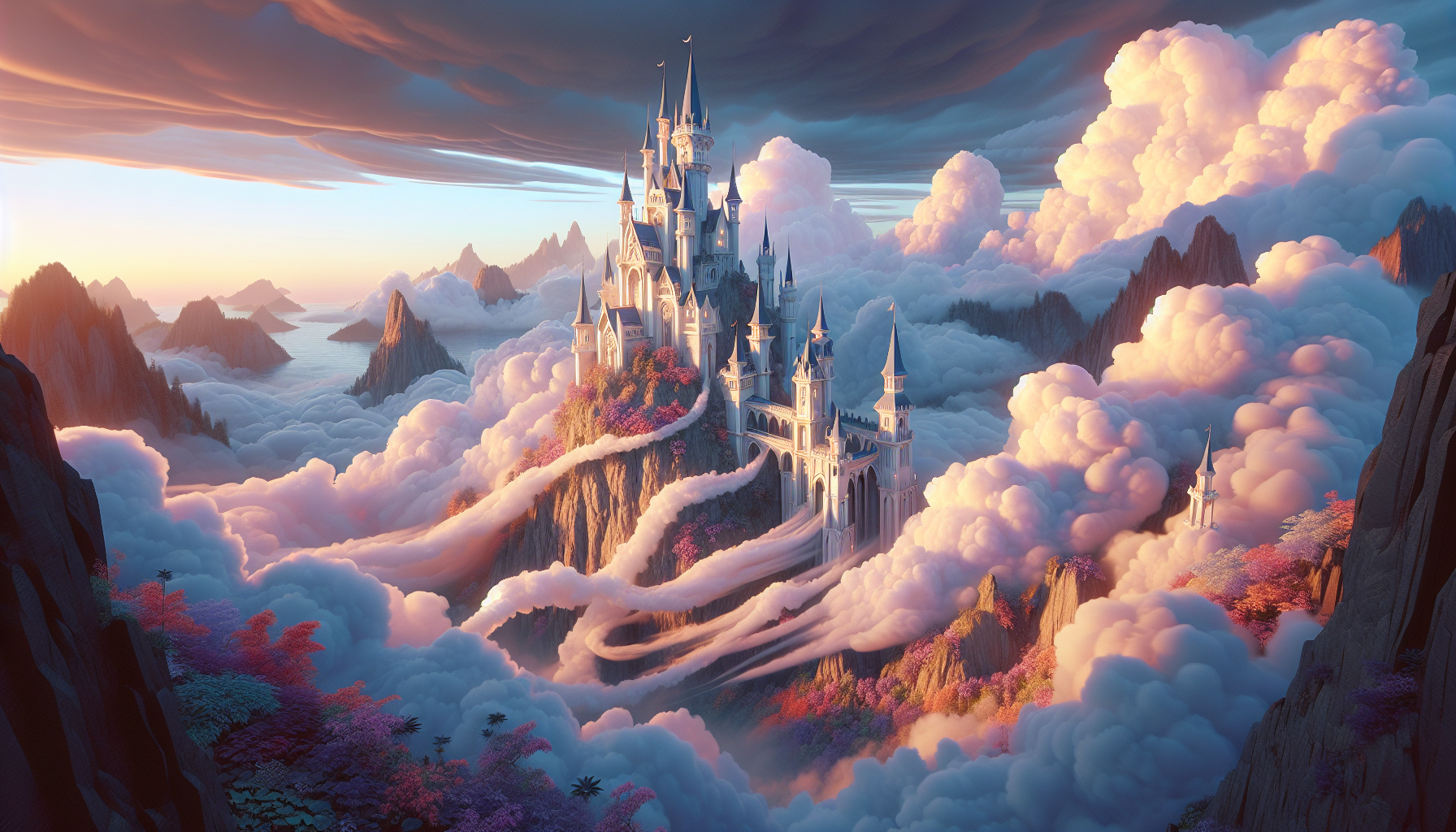Creating AI art can feel a bit overwhelming, right? It’s not just about clicking a few buttons; the prompts you use greatly shape the artwork. If you’re scratching your head, trying to figure out the best ways to communicate your vision, you’re not alone!
But don’t worry! Stick around, and I promise you’ll discover simple yet powerful prompts to boost your creativity and help you get the most out of AI art generators. Whether you’re looking to create something whimsical or profound, I’ve got you covered.
From understanding how prompts work to tips and examples that will spark your imagination, this guide will steer you in the right direction. Let’s dive in and unleash your creative potential!
Key Takeaways
- Use clear and imaginative prompts to guide AI art generators effectively.
- Be specific in your descriptions; details yield better results.
- Explore various categories like nature, fantasy, and abstract for diverse artwork.
- Avoid vague or overly complex prompts that may confuse the AI.
- Don’t hesitate to experiment; tweak prompts based on the generated art’s outcomes.
- Review and refine your prompts for continuous improvement in art quality.
- Use sensory language and focus on one theme at a time for more vivid outputs.

Best Prompts for Creating AI Art
If you’re looking to inspire some amazing AI art, using the right prompts is key. Prompts are your magic words that guide the AI in producing creative visuals.
Here are some best prompts to evoke creativity in AI art:
- Create an abstract representation of music using bright colors and fluid shapes.
- Imagine a futuristic cityscape under a sunset with flying cars and people living in harmony.
- Depict a magical forest inhabited by mythical creatures, with ethereal light filtering through the trees.
- Visualize a serene underwater landscape with colorful coral reefs and diverse marine life.
These prompts can be copied and used directly in an AI art generator to get you started on creating visually stunning pieces.
How to Use Prompts for AI Art Generators
Using prompts effectively with AI art generators involves a few simple steps. First, choose a clear and concise prompt that conveys what you want to see.
Next, consider the elements or styles you want to incorporate. For example:
- Use specific adjectives (e.g., “whimsical,” “dreamlike”) to shape the mood.
- Mention particular colors or styles (like “impressionist” or “vintage”) for more tailored results.
Finally, don’t hesitate to experiment. Tweak your prompts based on the generated outcomes. Here’s a prompt to get you started:
- Create a dreamy landscape featuring a giant moon and shimmering stars over a tranquil lake.
By layering details, your artwork theme will improve, adding depth and context, so keep refining your approach!
Top Categories of AI Art Prompts
When diving into the world of AI art prompts, it’s useful to explore different categories to spark your creativity. Here are some popular categories of AI art prompts:
- Nature and Landscapes: Focus on scenery, flora, and fauna for peaceful depictions.
- Fantasy and Mythology: Create scenes featuring dragons, fairies, and legendary locations.
- Abstract: Experiment with colors, shapes, and patterns to produce unique interpretations.
- Portraits: Capture human emotions by crafting prompts for expressive character designs.
These themes can yield striking art pieces, so try crafting prompts across different categories.
Tips for Writing Effective AI Art Prompts
Writing effective AI art prompts can make a huge difference in the quality of your results. Here are some essential tips to consider:
- Be specific: Instead of “a cat,” try “a fluffy orange cat lounging in a sunny window.”
- Use sensory language: Incorporate sounds, smells, and textures for a vivid output.
- Limit the scope: Focus on one idea or theme at a time to avoid overwhelming the AI.
Here’s a practical prompt example:
- Design a quaint village during autumn, with leaves swirling and children playing.
These techniques can significantly enhance your prompt quality and lead to more compelling art.” For more tips and inspiration, check out our post on creative writing prompts and how they can inform your art creation process.

Examples of AI Art Prompts for Inspiration
If you’re in need of some creative fuel, examples of AI art prompts can make all the difference.
Here’s a set of inspiring prompts you can easily copy and paste into your AI art generator:
- Create a steampunk-inspired airship sailing through a cloudy sky at sunset.
- Imagine a cozy library filled with ancient tomes and warm candlelight.
- Depict a vibrant street market during a festival, overflowing with colors, lights, and lively crowds.
- Visualize a post-apocalyptic city reclaimed by nature, with vines and trees growing around crumbling buildings.
- Design a whimsical tea party attended by enchanted animals in an enchanted garden.
These prompts can be a springboard for unique AI-generated art, and you can always tweak them to better suit your vision.
Common Mistakes to Avoid with AI Art Prompts
When crafting AI art prompts, it’s easy to trip over common pitfalls that can lead to disappointing results.
Here are mistakes you should steer clear of:
- Being vague: Avoid using non-specific terms like “nature scene.” Instead, elaborate with “a snow-covered mountain landscape during a sunrise.”
- Writing overly complex prompts: Keep it simple and clear. A lengthy, convoluted prompt can confuse the AI.
- Ignoring the AI’s strengths: Understand what the AI excels at and craft prompts accordingly. Don’t ask for intricate details that the AI might struggle to generate.
- Neglecting feedback: Always review the generated art and refine your prompts based on what you see. If it didn’t turn out as expected, analyze why.
By being mindful of these common mistakes, you’ll enhance the effectiveness of your prompts and improve the overall art quality.
Frequently Asked Questions About AI Art Prompts
Curious about AI art prompts? You’re not alone! Many people have similar questions, so let’s tackle a few of the most common queries.
What are AI art prompts? They are specific instructions or phrases inputted into AI art generators to guide them in creating visuals.
How can I make my prompts more effective? Focus on clarity, detail, and specificity. The more structured your prompt is, the better results you’ll get.
Can I use the same prompt multiple times? Yes, but don’t be afraid to tweak it slightly to explore different styles or adjustments in output.
Are there any tools for enhancing prompts? Absolutely! Consider using online resources or communities where you can share and refine your prompts based on collective experiences.
These answers should provide a clearer path as you venture into the exciting world of AI-generated art!

Examples of AI Art Prompts for Inspiration
If you’re seeking to spark your creativity, having ready-made AI art prompts can be a significant boost.
Here’s a collection of prompts that you can copy and paste directly into your AI art generator:
- Generate an enchanted castle on a mountain peak surrounded by swirling clouds.
- Imagine a whimsical underwater tea party with colorful fish and corals.
- Create an alien landscape with unusual plants and creatures under a starry sky.
- Depict an ancient ruin in the jungle, with vibrant flora growing through the stones.
- Visualize a cozy cottage during winter, with smoke rising from the chimney and snow covering the ground.
Feel free to mix and match elements from these examples to create something uniquely yours!
Common Mistakes to Avoid with AI Art Prompts
While crafting AI art prompts, avoiding common mistakes can greatly enhance your results.
For starters, one frequent error is being too vague; instead of simply saying “ocean scene,” go with something like “a beautiful sunset over a calm ocean with boats gently bobbing in the water.”
Another pitfall is overcomplicating your prompts. Aim for clarity and simplicity. Lengthy descriptions filled with jargon can confuse the AI, so try to keep your ideas straightforward.
It’s essential to understand the strengths of the AI you’re working with. If it struggles with intricate details, avoid asking for them.
Finally, always review the art generated and adjust your prompts based on the feedback. Did it come out as expected? If not, think about what could have been clearer or more specific.
Frequently Asked Questions About AI Art Prompts
Many people share similar questions about AI art prompts, so let’s address some frequently asked ones.
What exactly are AI art prompts? They are detailed instructions given to AI art generators to guide them in producing specific outputs.
How can I enhance the efficacy of my prompts? Use definitive language, provide precise details, and ensure your prompts have a clear focus.
Is it okay to reuse prompts? Absolutely! Feel free to use a prompt multiple times, but slight adjustments might lead to different and exciting results.
Are there specific tools to improve my prompt writing? Yes, consider joining online communities or forums that focus on AI art. Sharing and receiving feedback can sharpen your prompt writing skills.
These insights should help clarify any lingering questions you might have as you explore the world of AI-generated art!
FAQs
AI art prompts are specific phrases or sentences used to guide artificial intelligence in generating artwork. They help the AI understand the desired style, subject, and elements to incorporate in the final piece.
To create effective prompts, be clear and descriptive about the desired outcome. Include specific details like styles, colors, and themes. Experimentation is key; adjust and refine prompts based on the outputs you receive.
Common mistakes include being too vague, overloading with details, and failing to refine prompts after initial results. It’s important to iterate and learn from outputs to enhance prompt effectiveness and achieve desired artistic results.
Yes, using existing artworks as inspiration is a great way to create prompts. Analyze the elements you like and describe them in your prompts to guide the AI in producing similar styles or themes in new artworks.
